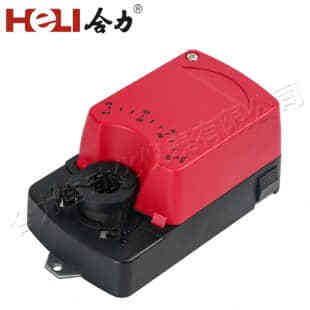A damper actuator plays a vital role in the efficient functioning of HVAC (Heating, Ventilation, and Air Conditioning) systems. It is a device that controls the position of a damper, which is responsible for regulating airflow within ductwork systems. By controlling the amount of air that passes through various ducts, damper actuators ensure that heating, cooling, and ventilation systems operate at their optimal efficiency. This article explores the importance, types, working principles, and applications of damper actuators in modern HVAC systems.

What is a Damper Actuator?

A damper actuator is an electromechanical device that adjusts the position of a damper in a duct system. Dampers are typically used to control airflow by either opening or closing the passageways within the ductwork. The actuator itself provides the mechanical force necessary to move the damper, either by rotating it to various angles or pushing it along a linear path, depending on the type of actuator. Damper actuators can operate in response to signals from a building’s HVAC control system, which dictates the required airflow for maintaining optimal environmental conditions. These actuators are crucial for balancing airflow, maintaining indoor air quality, and ensuring the HVAC system operates efficiently.

Leave a Reply